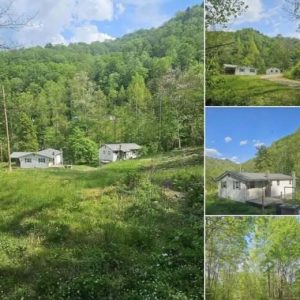As climate change accelerates and cities expand, biologists and urban ecologists are raising urgent concerns about the impact on wildlife. Urban sprawl has led to the rapid disappearance of green spaces—areas that once provided crucial natural habitats for many species. Highways, housing complexes, and commercial developments are now replacing forests, wetlands, and meadows, leaving animals with fewer places to live and forcing them to adapt to survive.
With limited options, some wildlife is moving into cities, often without people noticing—at least at first. Animals that were once rarely seen in urban areas are now appearing in neighborhoods, parks, and even backyards. This shift is not just a matter of curiosity; it’s a sign of deeper ecological pressures. For many species, urban adaptation is no longer a choice—it’s a necessity driven by shrinking wild spaces and increasing human encroachment.
Among the wildlife adapting well to this new reality are snakes—especially grass snakes. While snakes often spark fear, these particular reptiles are non-venomous and generally non-aggressive. Grass snakes typically feed on small rodents, amphibians, and insects, making them beneficial to ecosystems and even helpful in controlling pest populations in cities. Their quiet presence can contribute to natural ecological balance, even in densely populated areas.
Despite their usefulness, urban snakes often face hostility due to misunderstanding and fear. Many people are unaware that these snakes pose little threat and are more likely to flee than fight. Educating the public about these species and their role in the ecosystem can help reduce conflict and foster coexistence. Efforts like urban wildlife education programs and snake relocation initiatives can go a long way in bridging the gap between fear and understanding.
The movement of wildlife into cities is not a temporary trend—it’s a long-term consequence of how humans are reshaping the planet. Grass snakes and other adaptable species are only the beginning. As natural habitats vanish, urban areas will increasingly become homes to animals we once thought belonged only in the wild. The challenge now is learning how to live with them—responsibly, safely, and with greater awareness of our shared environment.





